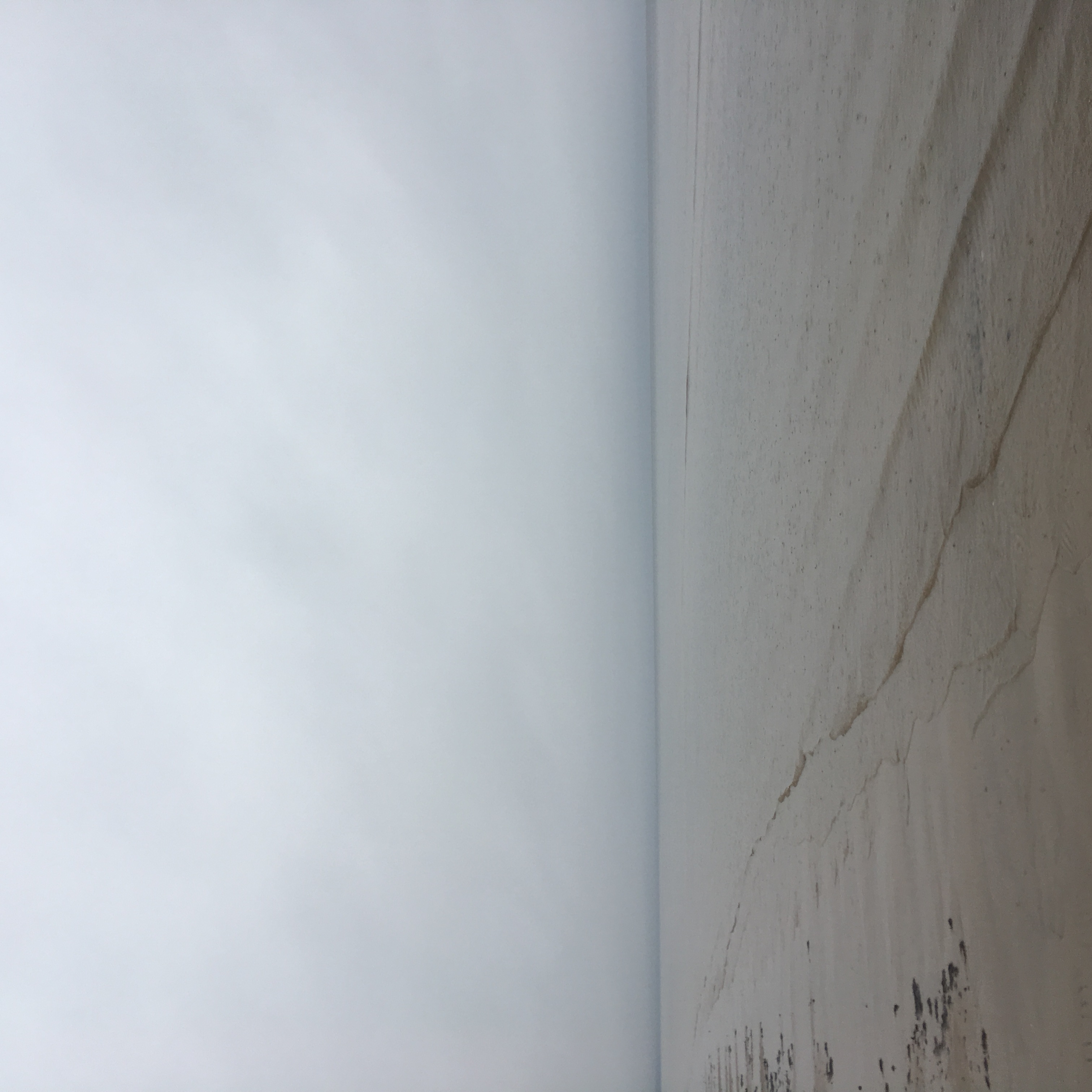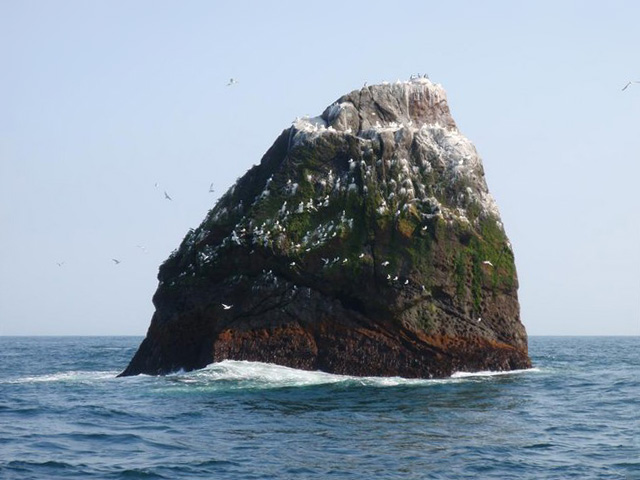|
Kesselaid
Kesselaid (also Kessulaid, or diminutively Kessu. ; ) is a Estonian islet located between the mainland and the island of Muhu in the Suur Strait (''Big Strait'') which connects the Väinameri strait and the Gulf of Riga. There is only one village on the island Kesse, which is administratively part of Muhu Parish, Saare County. With the highest point 15.6 m above sea level, it is the highest islet of Estonia. It is also considered to be the oldest islet, as it arose from the sea around 3000 BC. Since 1938, the 7 to 8 feet high cliffs of Kesselaid have been designated a nature reserve. Kesselaid was first described in print in 1644 in the Swedish maritime book ''Een siö-book, som innehåller om siöfarten i Östersiön'' by . Kesselaid had been inhabited by ethnic Estonians for centuries but heavy colonization by German settlers began in the 16th century. In 1807, Kesselaid was sold to the Baltic German noble Jacob Friedrich von Helwig. By the end of the 1930s, there were stil ... [...More Info...] [...Related Items...] OR: [Wikipedia] [Google] [Baidu] |
List Of Islands Of Estonia
This is an incomplete list of islands of Estonia. There are 2355 islands in total. Largest islands Incomplete list See also *List of islands in the Baltic Sea *List of islands Notes References {{Authority control Islands of Estonia, Lists of islands by country, Estonia Lists of landforms of Estonia, Islands ... [...More Info...] [...Related Items...] OR: [Wikipedia] [Google] [Baidu] |
Muhu
Muhu (also called Muhumaa in Estonian) is an island in the West Estonian archipelago of the Baltic Sea. With an area of , it is the third largest island belonging to Estonia, after Saaremaa and Hiiumaa. Together with neighbouring smaller islands of Kesselaid, Viirelaid, Võilaid and Suurlaid, it forms Muhu Parish (), the rural municipality within Saare County. The municipality has a population of 1,968 (as of 2010) and covers an area of . The population density is . History and geography The German names for the island are Mohn and Moon. Moon is also the Swedish name for the island. The most important villages in Muhu are Kuivastu, Liiva (where the school can be found) and Koguva. In Pädaste, an internationally renowned luxury hotel and spa operates in the restored manor house. The island is divided from mainland Estonia by the Suur Strait (''Moonsund'') and from Saaremaa by the Väike Strait. It is linked by ferry to Virtsu on the mainland, and to Saaremaa by ... [...More Info...] [...Related Items...] OR: [Wikipedia] [Google] [Baidu] |
Suur Strait
Suur Strait () is a strait in Estonia, it is located between Muhu and the Estonian mainland. The strait (being itself part of Väinameri) connects Väinameri and Gulf of Riga. Several islets are located in the strait: e.g. Papirahu, Kesselaid, Kõbajad, Viirelaid. The strait maximum depth of 24 m is the deepest point in Väinameri. Kuivastu Harbour is located at the strait. A ferry crosses the strait from Virtsu to Kuivastu. As of 2020, the Estonian Ministry of Economic Affairs was assessing the possibility of building either a bridge or tunnel across the Suur Strait. Retrieved 13 September 2021 See also * Väike Str ...[...More Info...] [...Related Items...] OR: [Wikipedia] [Google] [Baidu] |
Muhu Parish
Muhu Parish () is a rural municipality of Estonia, in Saare County. It has a population of 1,876 (as of 1 January 2019) and an area of . Geography Muhu Parish is located on Muhu or Muhumaa and its neighbouring smaller islands of Kesselaid, Viirelaid, Võilaid and Suurlaid. It is located in the West Estonian archipelago and part of Saare County in the northeast of it. The main island, Muhu, is the third-largest island under the jurisdiction of Estonia. It touches the Baltic Sea The Baltic Sea is an arm of the Atlantic Ocean that is enclosed by the countries of Denmark, Estonia, Finland, Germany, Latvia, Lithuania, Poland, Russia, Sweden, and the North European Plain, North and Central European Plain regions. It is the .... Muhu Parish is separated from mainland Estonia by the Suur Strait (''Moonsund'') and Saaremaa island by the Väike Strait. Religion Settlements There are 52 villages (''küla'') in Muhu Parish. The villages are: Aljava, Hellamaa, Igaküla, ... [...More Info...] [...Related Items...] OR: [Wikipedia] [Google] [Baidu] |
Orchid
Orchids are plants that belong to the family Orchidaceae (), a diverse and widespread group of flowering plants with blooms that are often colourful and fragrant. Orchids are cosmopolitan plants that are found in almost every habitat on Earth except glaciers. The world's richest diversity of orchid genera and species is in the tropics. Orchidaceae is one of the two largest families of flowering plants, the other being the Asteraceae. It contains about 28,000 currently accepted species in 702 genera. The Orchidaceae family encompasses about 6–11% of all species of seed plants. The largest genera are '' Bulbophyllum'' (2,000 species), '' Epidendrum'' (1,500 species), '' Dendrobium'' (1,400 species) and '' Pleurothallis'' (1,000 species). It also includes '' Vanilla'' (the genus of the vanilla plant), the type genus '' Orchis'', and many commonly cultivated plants such as '' Phalaenopsis'' and '' Cattleya''. Moreover, since the introduction of tropical species into cu ... [...More Info...] [...Related Items...] OR: [Wikipedia] [Google] [Baidu] |
Baltic Germans
Baltic Germans ( or , later ) are ethnic German inhabitants of the eastern shores of the Baltic Sea, in what today are Estonia and Latvia. Since their resettlement in 1945 after the end of World War II, Baltic Germans have drastically declined as a geographically determined ethnic group in the region, with diaspora generally relocating to Germany proper and beyond. Since the late Middle Ages, native German-speakers formed the majority of merchants and clergy, and the large majority of the local landowning nobility who effectively constituted a ruling class over indigenous Latvian and Estonian non-nobles. By the time a distinct Baltic German ethnic identity began emerging in the 19th century, the majority of self-identifying Baltic Germans were non-nobles belonging mostly to the urban and professional middle class. In the 12th and 13th centuries, Catholic German traders and crusaders (''see '') began settling in the eastern Baltic territories. With the decline of Latin ... [...More Info...] [...Related Items...] OR: [Wikipedia] [Google] [Baidu] |
Estonians
Estonians or Estonian people () are a Finnic ethnic group native to the Baltic Sea region in Northern Europe, primarily their nation state of Estonia. Estonians primarily speak the Estonian language, a language closely related to other Finnic languages, e.g. Finnish, Karelian and Livonian. The Finnic languages are a subgroup of the larger Uralic family of languages, which also includes e.g. the Sami languages. These languages are markedly different from most other native languages spoken in Europe, most of which have been assigned to the Indo-European family of languages. Estonians can also be classified into subgroups according to dialects (e.g. Võros, Setos), although such divisions have become less pronounced due to internal migration and rapid urbanisation in Estonia in the 20th century. There are approximately 1 million ethnic Estonians worldwide, with the vast majority of them residing in their native Estonia. Estonian diaspora communities formed primarily in ... [...More Info...] [...Related Items...] OR: [Wikipedia] [Google] [Baidu] |
Gulf Of Riga
The Gulf of Riga, Bay of Riga, or Gulf of Livonia (, , ) is a bay of the Baltic Sea between Latvia and Estonia. The island of Saaremaa (Estonia) partially separates it from the rest of the Baltic Sea. The main connection between the gulf and the Baltic Sea is the Irbe Strait. The Gulf of Riga, as a sub-basin of the Baltic, also includes the Väinameri Sea in the West Estonian archipelago. Geography Extent The International Hydrographic Organization defines the Gulf of Riga's western limit as "A line running from Lyser Ort (57°34'N), in Latvia, to the South extreme of Saaremaa, through this island to Pammana (22°34'E), thence to Emmaste Point, the S extreme of Hiiumaa, through Hiiumaa to Tahkuna Point, the North extreme thereof, and on to Spithamn Point in Estonia". Islands Major islands in the gulf include Saaremaa, Kihnu, and Ruhnu, which are all in Estonian territory. Kihnu covers an area of . Saaremaa island is responsible for the brackish water of the ... [...More Info...] [...Related Items...] OR: [Wikipedia] [Google] [Baidu] |
Väinameri
The Väinameri (Estonian language, Estonian for ''Strait Sea'' or ''Sea of Straits''; ) or Väinameri Sea is a strait and sub-bay of the Baltic Sea, located between the West Estonian Archipelago and the Estonian mainland, within western Estonia. It is the northern section of the Gulf of Riga, extending north to the eastern Baltic Sea. The area of the Väinameri Sea is about . The Väinameri Sea is home to the Väinameri Conservation Area, Väinameri Conservation area. The Kumari Channel is a shipping lane running north–south in the Väinameri. It is 35 km long and has a minimum depth of five metres. The Rukki Channel runs east–west between Hiiumaa and the port of Rohuküla on the mainland. In World War One it was the site of a major Battle of Moon Sound, naval battle between Germany and Post Imperial Russia. See also * Moonsund Regatta References External links Gulf of Riga Straits of the Baltic Sea Straits of Estonia Saaremaa {{Latvia-geo-s ... [...More Info...] [...Related Items...] OR: [Wikipedia] [Google] [Baidu] |
Populated Places In Estonia
Populated places in Estonia (officially: settlement units), are cities or settlement units of rural municipality, municipalities, but only cities have administrative functions. Settlement units are divided into settlements and urban regions (subdivisions of cities). Officially there are four types of settlement unit in Estonia: * village () - a sparsely populated settlement or a densely populated settlement with fewer than 300 permanent inhabitants * township () - a densely populated settlement with at least 300 permanent inhabitants * town () - a densely populated settlement with at least 1000 permanent inhabitants * city () As of 2024, there were 47 cities, 13 towns, 186 hamlets and 4457 villages in Estonia. See also *Municipalities of Estonia *List of cities and towns in Estonia *Counties of Estonia Notes References External links Place Names Board of Estonia [...More Info...] [...Related Items...] OR: [Wikipedia] [Google] [Baidu] |
West Estonian Archipelago
The West Estonian archipelago (, also Moonsund archipelago) is a group of Estonian islands located in the Baltic Sea around Väinameri. The total area is about . The archipelago is composed of the islands Saaremaa, Hiiumaa, Muhu, Vormsi and about 900 other smaller islands. Retrieved 27 January 2023 The archipelago is separated from the Estonian mainland by the Väinameri Sea. Protected areas established the[...More Info...] [...Related Items...] OR: [Wikipedia] [Google] [Baidu] |
Islet
An islet ( ) is generally a small island. Definitions vary, and are not precise, but some suggest that an islet is a very small, often unnamed, island with little or no vegetation to support human habitation. It may be made of rock, sand and/or hard coral; may be permanent or tidal (i.e. surfaced reef or seamount); and may exist in the sea, lakes, rivers or any other sizeable bodies of water. Definition As suggested by its origin ''islette'', an Old French diminutive of "isle", use of the term implies small size, but little attention is given to drawing an upper limit on its applicability. The World Landforms website says, "An islet landform is generally considered to be a rock or small island that has little vegetation and cannot sustain human habitation", and further that size may vary from a few square feet to several square miles, with no specific rule pertaining to size. Other terms * Ait (/eɪt/, like eight) or eyot (/aɪ(ə)t, eɪt/), a small island. It is espe ... [...More Info...] [...Related Items...] OR: [Wikipedia] [Google] [Baidu] |




